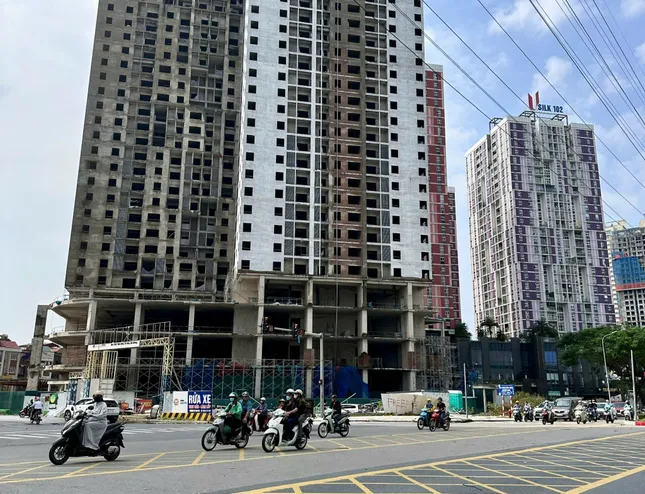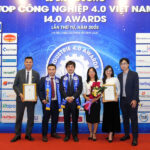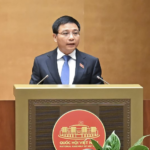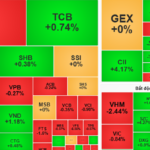Soaring House Prices: Unraveling the Factors Behind the Surge
According to the Ministry of Construction, the real estate market witnessed a vibrant start to 2025, with an increase in supply and real estate transactions compared to the same period last year. However, the supply remains limited and fails to meet market demands, with an imbalance in product structure. There is a shortage of affordable housing for workers and young people, while there is an excess of villas and low-rise houses. Real estate prices are also misaligned with the purchasing power of potential buyers. Speculation, manipulation, and price gouging continue to plague the market.
In Hanoi, house prices have skyrocketed since the second half of 2024, with commercial apartments priced below VND 50 million per square meter becoming nearly impossible to find, even in areas outside the Ring Road 3.
In Ho Chi Minh City, most projects launched since the end of last year until the second quarter of this year have focused on the luxury segment, with prices ranging from VND 100 to 150 million per square meter, and even higher in the city center.
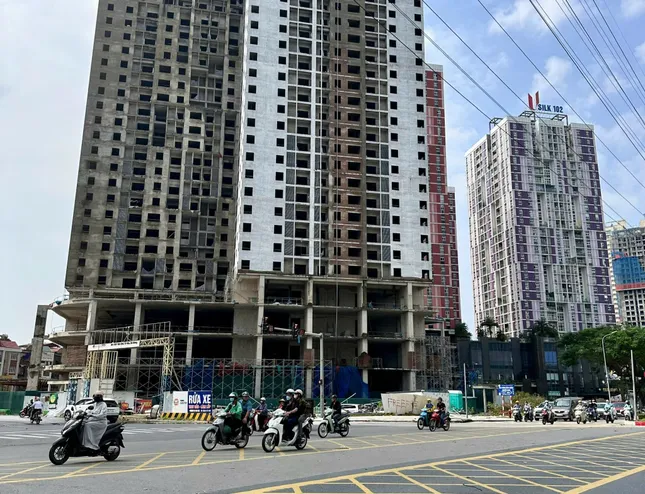
Soaring house prices are largely attributed to the surge in land prices over the past years.
Recently, the Government has instructed the Ministry of Construction to identify the factors driving up real estate prices and promptly devise measures to reduce these factors. They have also been tasked with increasing the supply of housing to meet market demands.
Additionally, the government has directed the ministry to strictly handle acts of speculation, price gouging, and dissemination of false information aimed at creating artificial demand and defrauding people.
At a recent press conference for the second quarter of 2025, Deputy Minister of Construction Nguyen Danh Huy stated that identifying the reasons behind the rising real estate prices is a challenging task. The ministry has assigned the task to the Department of Housing and Real Estate Market Management for further research and clarification. Given the significant social impact, this issue requires careful consideration to identify effective solutions to curb rising house prices.
Land Prices Surge, Pushing Up Housing Costs
In an interview with Tien Phong, Mr. Nguyen Quoc Hiep, Chairman of the Vietnam Contractors Association, pointed out that the real estate market is facing a situation where “land prices chase house prices, and house prices chase land prices,” creating a vicious cycle that ultimately burdens homebuyers. He attributed this situation partly to the lack of regulation, which has allowed land prices to soar, potentially placing Vietnam among the countries with the highest land prices in the world.
Mr. Hiep highlighted that within the same project, a few months’ difference in land allocation decisions can result in a 20% increase in prices, which is unreasonable and will inevitably lead to higher housing costs.
“It’s high time for authorities to step in and regulate land prices in a harmonious manner,” he asserted. He also suggested addressing administrative procedures, such as lengthy land valuation processes, which burden businesses with additional financial costs like interest expenses or supplementary land fees amounting to tens or even hundreds of billions of dong. These costs are ultimately reflected in the selling prices. To control housing prices, Mr. Hiep emphasized the need for a state mechanism to manage land prices and streamline administrative procedures.
Regarding the impact of rising construction material prices, Mr. Hiep stated that while there has been an overall increase of around 15%, the surge in land prices far outweighs this factor, making it unlikely for project prices to decrease in the foreseeable future.
PGS.TS. Nguyen Quang Tuyen, Head of the Department of Economic Law at Hanoi Law University, offered his insights on the legal aspects of land management. He noted that the current land law includes innovative provisions, marking a breakthrough. However, some aspects also create pressure for local governments. With the implementation of Resolution 18, the land price framework has been abolished, giving way to a land price list. Notably, the responsibility for establishing this list falls on the local People’s Committees, who must now take charge, decide, and bear responsibility. Along with this change, there are laws, decrees, and circulars in place. Looking at the broader picture, the legal framework is improving and becoming more suitable. Still, when examining the details, limitations persist, according to Mr. Tuyen.
Delving further into this issue, Mr. Tuyen explained that there are five principles for determining land prices, including the “market principle.” However, no one can clarify what this principle entails or how it should be applied in land valuation. This ambiguity poses challenges for local governments in their implementation.
Moreover, the real estate market has witnessed the “extinction” of housing units priced at VND 40-50 million per square meter, making it impossible for salaried workers and members of the armed forces to afford a home. Therefore, it is imperative to define what is meant by the market principle.
“Additionally, the five principles for determining land prices must be ‘harmonious.’ But what does harmonious mean? This, too, needs to be clarified,” Mr. Tuyen added. In his view, harmony entails ensuring that all parties’ interests are safeguarded. If the current land valuation practices continue, businesses will be left in a state of limbo, he warned.
A preliminary survey revealed that 25 localities have issued adjusted land price lists, effective until the end of this year. Ho Chi Minh City’s adjusted land price list, effective from October 31, 2024, shows a 2.7 to 38-fold increase, with the highest price reaching VND 687.2 million per square meter. In Hanoi, the recently issued land price decision for 2025 reflects a 2 to 6-fold increase compared to the previous list, with the highest price standing at VND 695.3 million per square meter.
“The Dynamic Duo”: How Mergers and Infrastructure are Supercharging Ho Chi Minh City’s Real Estate Market
The approval of the resolution to merge provinces and cities by the National Assembly on June 12, 2025, has immediately brought the real estate market of the new Ho Chi Minh City (encompassing Ho Chi Minh City, Binh Duong, and Ba Ria-Vung Tau) into the spotlight. With the largest economy and population in the country, the real estate landscape in this region is anticipated to undergo significant transformations in the upcoming period.
East Anh: Land Adjacent to the Mega Vinhomes Co Loa Project Reaches 250-260 million VND per sq. meter, Many Landowners Withhold Sales
According to Batdongsan.com.vn, land adjacent to the mega-project Vinhomes Co Loa, with a business frontage in Trung Thon village, is currently priced at 250-260 million VND per square meter. Owing to its prime location, adjacent to a large-scale development, many landowners are not looking to sell, instead choosing to await the area’s future growth.
The Digital Product Ecosystem of Meey Group Wins Consecutively at the Top Vietnam Industry 4.0 Awards.
On June 22nd, at the prestigious Industrie 4.0 Awards ceremony, Meey Land Joint Stock Company (Meey Group) excelled by clinching two significant awards. This remarkable feat cements their pioneering position in the digital transformation of the real estate industry, closely aligning with the nation’s strategic orientation and goals for digital evolution.
Title: “Eurowindow Sport Garden: Transforming Vinh City’s Real Estate Landscape”
“On a journey to develop Vietnam’s most desirable urban destinations, Eurowindow Holding has created homes for countless families, built thriving communities, and fostered prosperity in the regions it graces.”
This revised version maintains the core message while using a more engaging and refined tone, which could help elevate the overall perception of your brand and enhance your web content’s effectiveness.

























